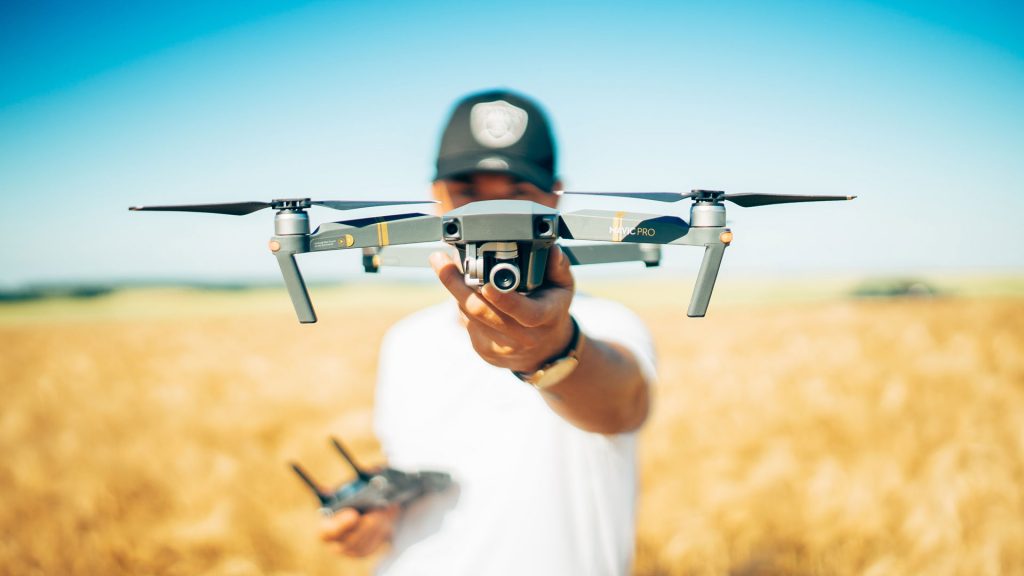The drones are also known as Unmanned Aircraft System (UAS) or Unmanned Aircraft Vehicle (UAV). Basically, a drone is any type of unmanned vehicle flying in the sky with the help of autonomous driving or remote control.
You have probably noticed that the use of drones is gradually increasing with technological advancement. However, as much fun it is to fly a drone, there are also some disadvantages.
Here are some pros and cons of using drones for aerial surveying.
Pros
#1 Quality Imaging
Drones are perfect for taking high-quality aerial and video photos and gathering large quantities of imaging data. To build 3-D maps and immersive 3-D models, which have many beneficial applications, these high-resolution images can be used. 3-D mapping of crisis zones, for instance, will allow emergency teams to be more trained before approaching dangerous situations.
#2 Cost Saving
The cost of buying a drone is not as high as it used to be, because drone technology is constantly being refined. This has led their popularity to grow exponentially among the public, and today you can also find used drones for sale. This ensures that drones are no longer open only to the military, law enforcement, or the elite.
#3 Precision
UAVs use GPS in aerial surveying which is why they can be programmed and accurately guided to particular locations. In Precision Agriculture, for example, drone aircraft are used to conduct several farming duties, such as pesticide spraying, weed detection, crop health surveillance, crop destruction, crop inspection, field soil analysis, irrigation monitoring, etc. This aspect of precision conserves time and costs for farmers via GPS.
Cons
#1 Privacy Issues
When it comes to malicious drone use, privacy is probably the most controversial matter. It is no secret that new drones can even be used to intrude into people’s privacy with drone technologies derived from drones used for espionage. Perhaps, since they are smaller and have improved sensors, new drones are much better.
#2 Safety
Security when dealing with unmanned aerial vehicles is a key concern. UAVs must be programmed with “sense and avoid” capabilities that match those of manned aircraft to avoid mid-air collisions. This suggests that a likely crash and maneuver to safety must be sensed by drones. Falling drones are another significant threat in the event of device failures, especially when they are used near large crowds.
#3 Legislative Uncertainty
The use of UAS has been popular, but the legislation is still being developed, provided that it is a novel technology in the industry. Laws for the control of drone flying and the defense of property against aerial trespassing are still being developed. UAV technology, therefore, resides in a gray judicial region.
Final Verdict
Using drones for commercial purposes by a commercial drone professional can be a brilliant idea with tons of advantages, depending on the business. However, you would need to carefully consider the pros and cons before you determine whether it is the best decision for you, as with any new technique or solution.

